
Protecting Perfection - BMW F8X M3/M4 Baffled Oil Catch Can R&D - Concept, Design, and Production sample
Any outdoor sculpture facing the elements is going to eventually tarnish. Sure, there have been advancements in materials and coatings, but grime and dirt building up on that piece of art is an inevitable consequence of being outside. Eventually someone is going to have to come by with a power washer to clean things up.

The situation is relatable under the hood of the F80 M3. The S55 is a work of art, but the unavoidable by-product of blow-by is constantly peppering the intake tract of the engine. Luckily, Mishimoto is already working on a solution to keep your M3 as the benchmark for luxury sport sedans.
To fully understand the blow-by situation in the F80, we have to first take a trip back to the early 2000s. The year is 2006, and BMW started equipping production vehicles with turbochargers for the first time since 1977. Enter the N54. Sporting a twin-turbo, double VANOS, and direct injection setup, it's no wonder that the N54 won three straight Ward's 10 Best Engines awards, and that it became the foundation for the S55.
There were some gremlins with the N54, however, mostly in the way of carbon buildup on the intake valves. In that era, many manufacturers started to transition over to direct injection, which left the valves defenseless against the full-frontal assault of fuel vapors and oil droplets. BMW's highly engineered solution? Walnut blasting the carbon off the valves every 30,000 miles. Flash forward to 2015, and the brand-new M3s and M4s are rolling off the dealer lots with similar maintenance schedules.
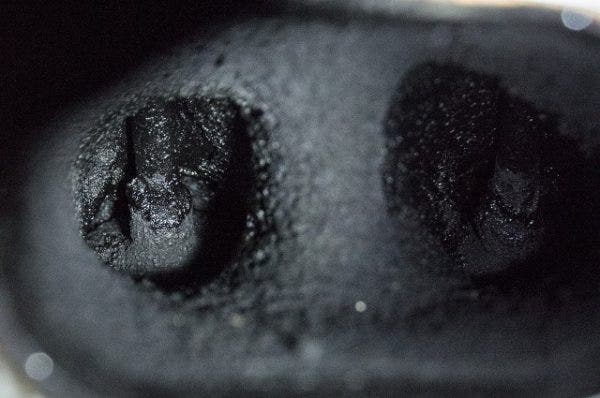
There have been plenty of advancements since then in the name of keeping the intake tract clear of oil, but it still finds a way. In the F80 specifically, BMW retained the same PCV system that is found in the N55. In this system, the valve cover and cylinder head are designed with a series of check valves and impact plates to slow down the buildup of carbon. Essentially, no matter what configuration the PCV system is operating in, contaminated crankcase pressure is ushered through the impact plates (similar to the baffle design found in our catch cans) to condense the oil vapor and return it to the oil pan. If you haven't already guessed, not all the oil actually gets back to the pan.
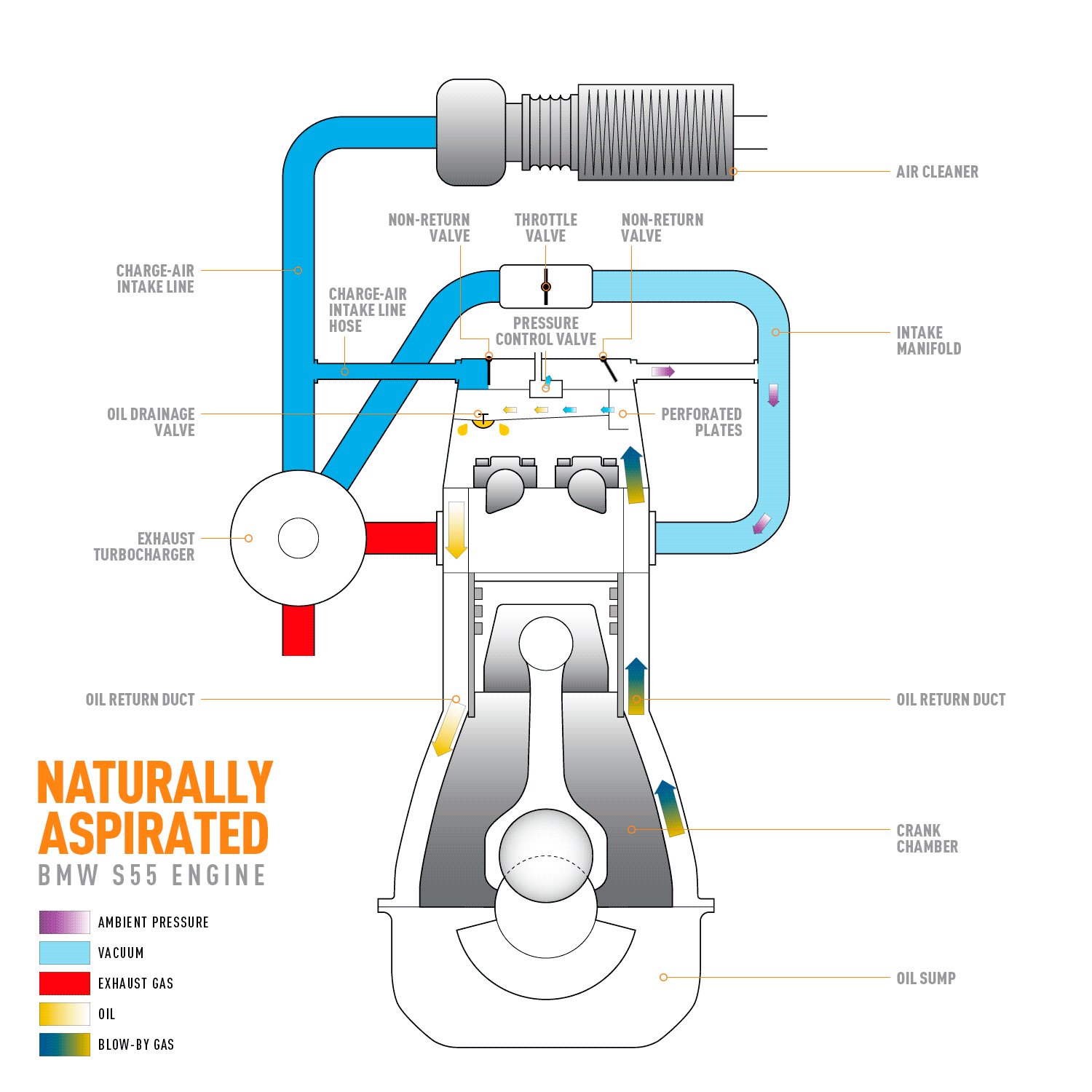
There are two routes that the blow-by follows depending on the amount of boost. First is the naturally aspirated mode in which the vacuum generated by the intake plenum opens the valve that allows the crankcase pressure to flow through the duct within the cylinder head and straight back into the intake ports. As the turbos spool and the pressure increases, this valve is closed to prevent additional pressure in the crankcase, and the blow-by is then routed through the breather hose and back into the intake hose, safely recycling the released pressure with the ambient air.
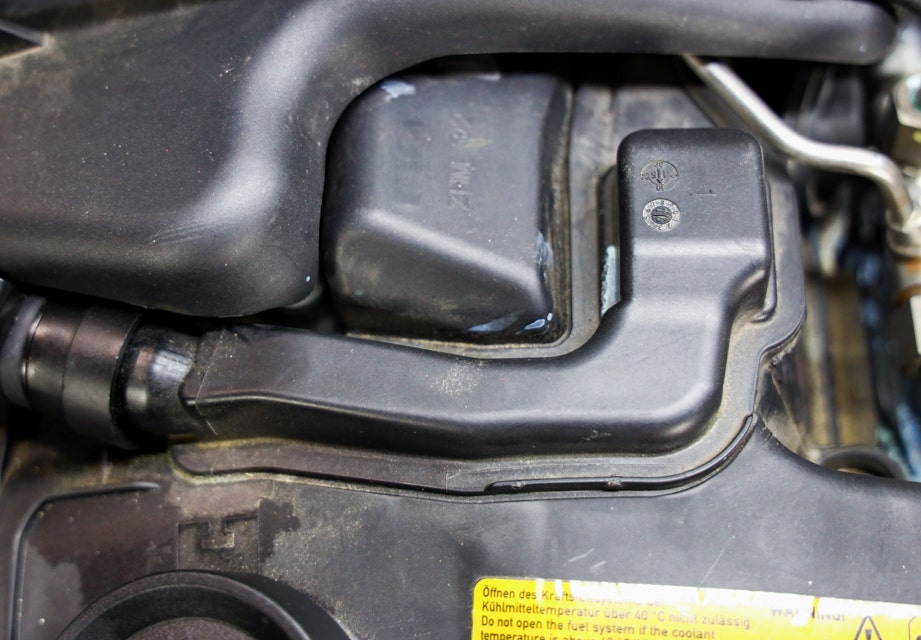
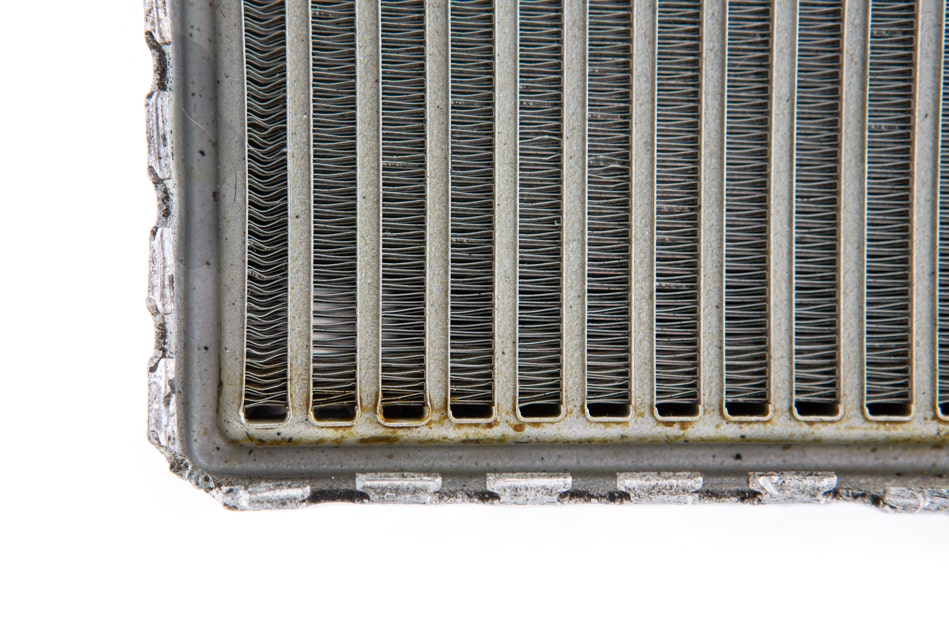
The boost configuration is where we smell trouble, quite literally. In this case, trouble smells a lot like a musky mix of fuel and oil. Not only does the increased boost pressure mean the potential for more oil and blow-by gases, but it also means shepherding those oil droplets into the intake system, intercooler, and eventually onto the intake valves. We're planning to give the intake tract of the S55 an extra layer of defense by adding one of our catch cans into the mix.
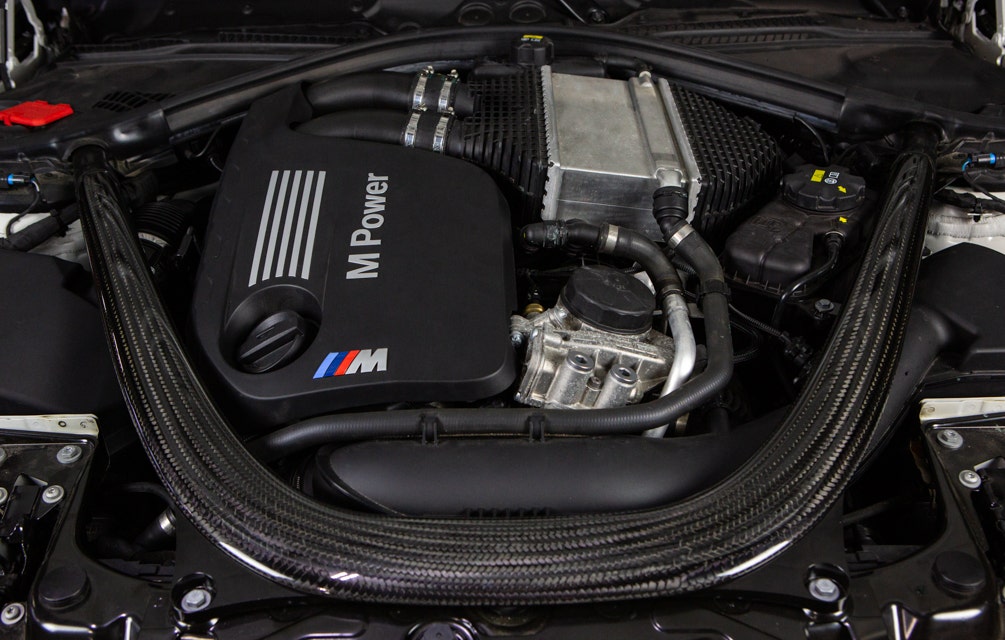
The Germans are pretty well known for their efficiency in design. So, finding a mounting location in the Bimmer's engine bay is partially up to our BMW-specific catch can top. When it came to designing the kit for the S55's predecessor, we noted the lack of space and use of ¾" hoses in their crankcase ventilation system. This meant that we needed to adapt our compact can for use with the larger lines.
Given our previous experience with this PCV system, a check engine light was not in the foreseeable future, leaving the mounting location as the largest hurdle in our development. It's a tight fit under the M3's hood given BMW's efficient use of space. However, once we popped off the carbon fiber brace, a perfect location was revealed.
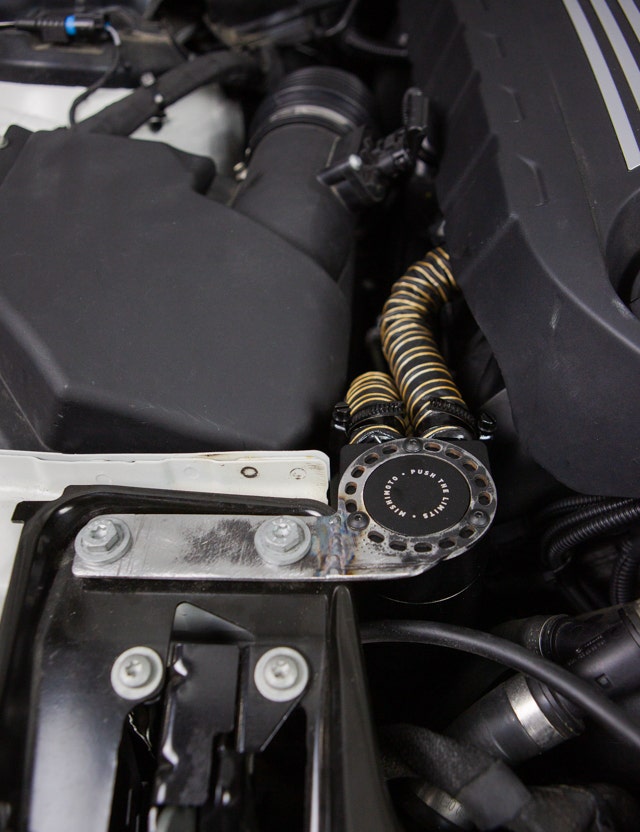
It would be a crime to leave such an unsightly catch can bracket installed under the hood of our M3, so as our BMW set out on the standard 1000-mile test run, Jason started giving the catch can's mount a makeover. Since these M's aren't just run-of-the-mill Bimmers, we wanted to give this kit some special attention, especially when it came to the bracket.
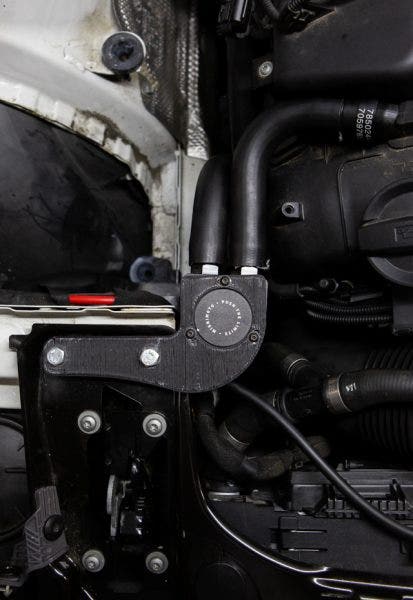
With our test fit complete, it was time for the real deal. The plastic is out, and our final bracket design comes in the flavor of full CNC-machined billet aluminum for a sleek look that still adheres to the OEM+ theme. To continue with the factory look, our pre-molded hoses retain the Buna-N material that stands up to the heat and pressure of the M3's engine bay while looking right at home under the hood.
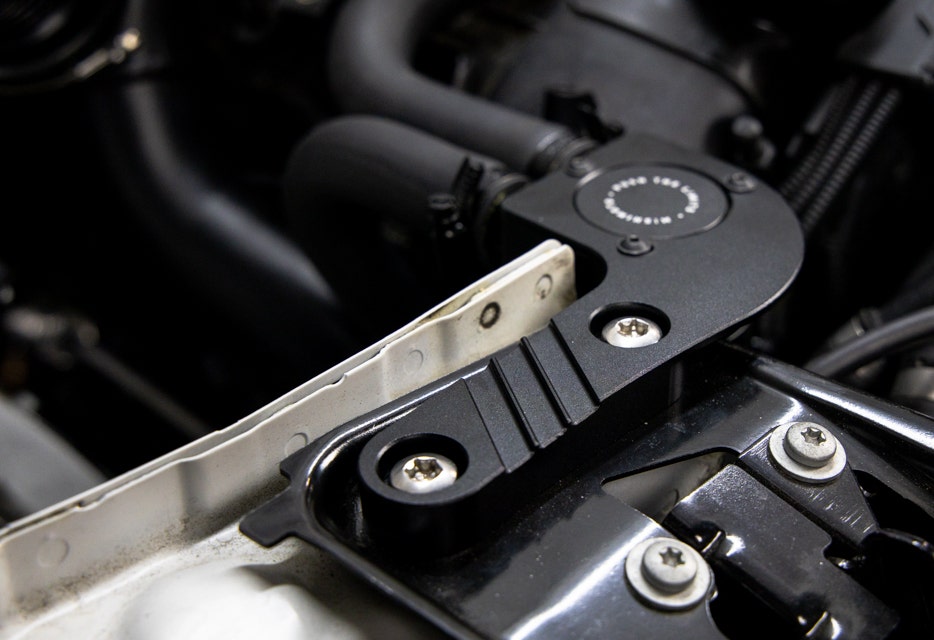
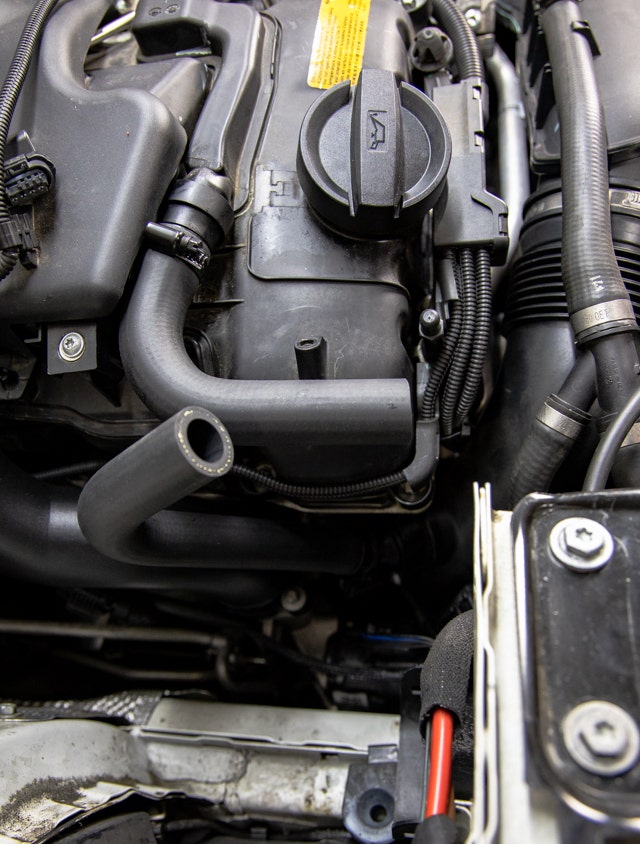
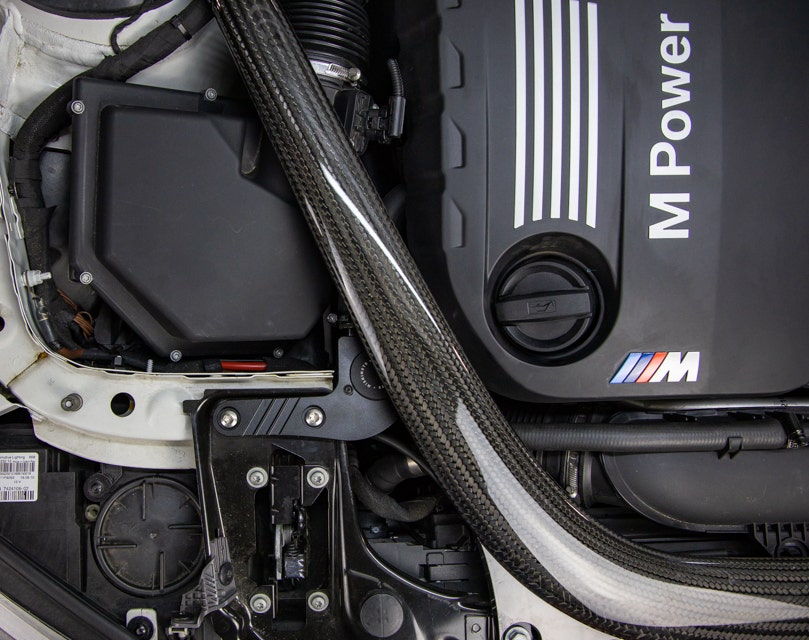
It may look good, but does it work? As we previously mentioned, we sent our M3 on a 1000-mile test run for a look at just how much blow-by we expect to collect during a standard service cycle. We conducted this test over a week in January, with our Bimmer making a 200-mile round trip each day to and from the Mishimoto office, driving primarily on the highway. Thanks to the fickle weather here in the Northeast, the ambient temperature ranged from the mid-20s up to the upper 60s, with the humidity varying throughout the week. The weather plays a decent role in the collection results since in colder climates we typically see a larger collection of water condensation in the catch can from the dramatic temperature change happening in the system. Let's take a look at how much it did affect our collection:
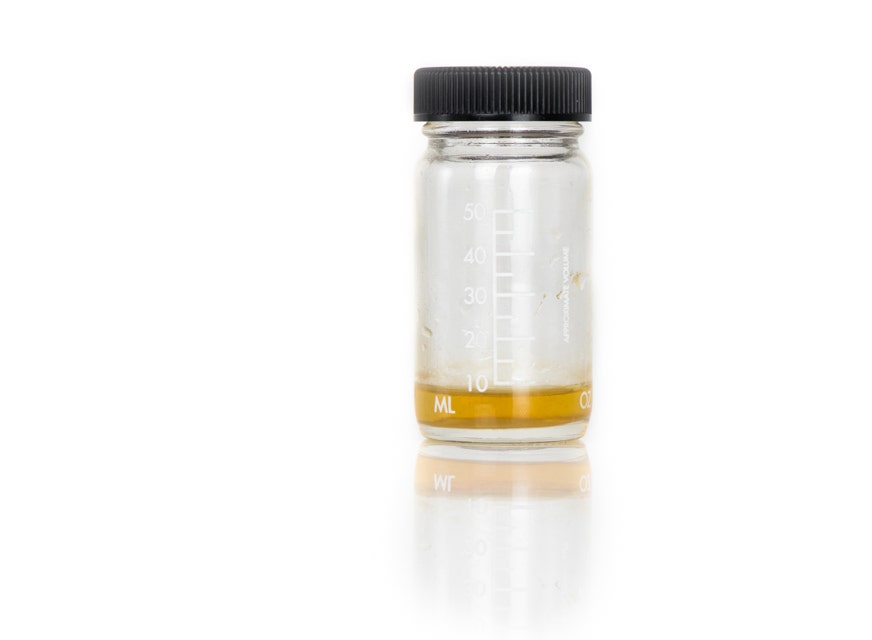
From our testing, we saw a 10 ml collection. This particular test was primarily a collection of fuel, but we would expect to see more of an oil mixture collecting in the catch can under harder driving conditions and as the S55 ages.
Oil and blow-by are the perfect means to tarnish a work of art. BMW has plenty of experience in the realm of carbon build-up, and has done some serious leg work to keep the S55 running at its full potential, but it still needs a helping hand when it comes to keeping the valves clean. With a catch can in the mix, the M3 spends even more time living up to its Ultimate Driving Machine potential.
Make sure that you get your catch can kit and start protecting your S55's valves today.
2015-2020 BMW F8X M3/M4 Baffled Oil Catch Can Kit, CCV Side
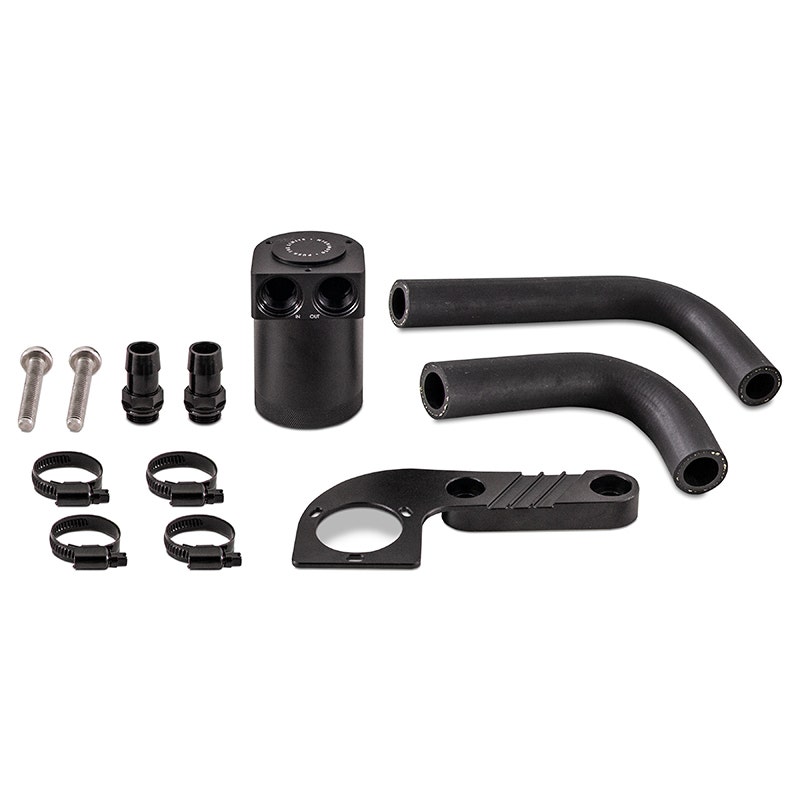
Thanks for Reading!
-Nick




